These illustrations are provided for users of the audiobook edition (’cause pictures are hard to hear) …
and for readers of the paperback edition who like their pictures big and in full, glorious color.
Except as noted below, all images are copyright © 2014
by Dean Sluyter and may not be used without permission.
Chapter 6. Fine Print (Outer)

The Thinker
(Daniel Stockman, Creative Commons Attribution — Share Alike 2.0 Generic license)
“The whole body leans forward, its center of gravity somewhere over the knees. This is the body — and mind — of one who is not content where he is, but feels compelled to thrust himself ever onward into a future of new developments, new situations … new thoughts. When you want to generate a lot of intense thoughts, sit like The Thinker.“

The Seated Scribe
(Gbaotic, Creative Commons Attribution — Share Alike 3.0 Unported license)
“It’s a pose of effortless, natural balance — he looks like he could sit there all day. Body and mind are fine right where they are. … This is a posture conducive to passive alertness. When you want to meditate, sit like this.”
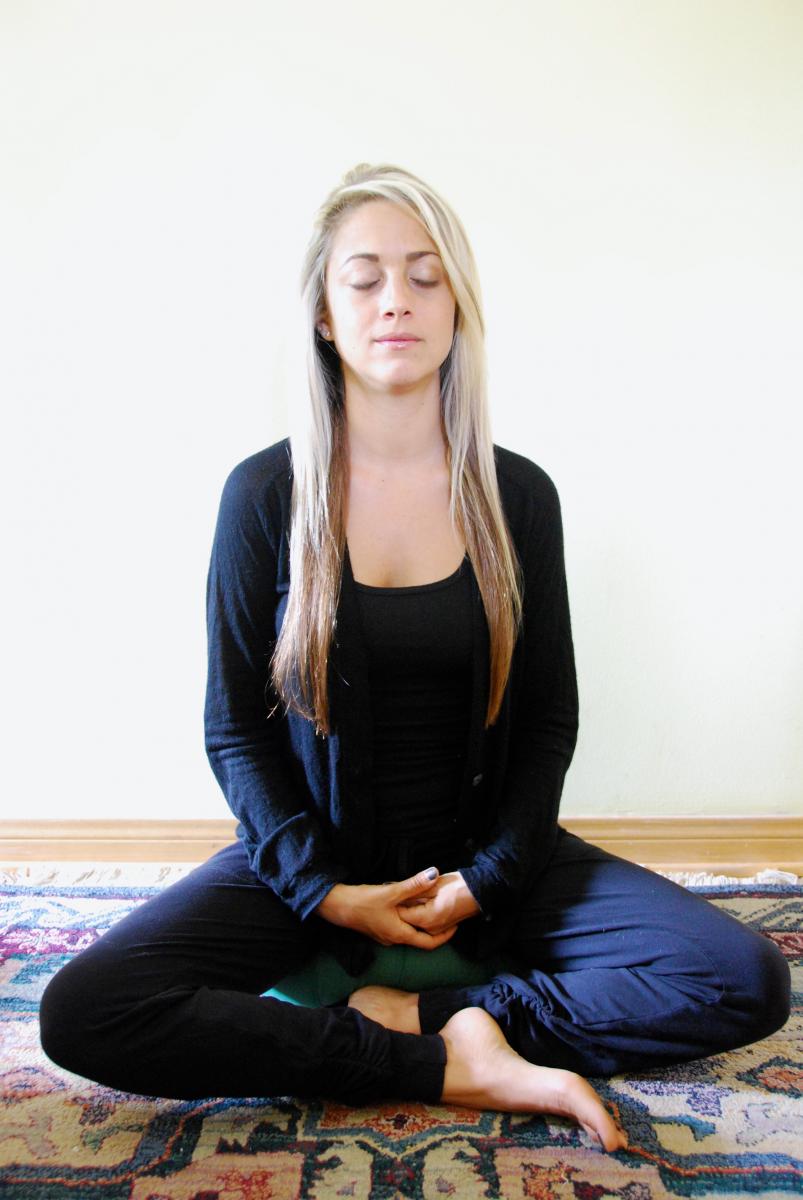
Easy Pose
“Three words: Sit. Back. Comfortably. You can do this in your chair, no problem. … If you want to declare your independence from furniture, you may find that there is something that feels good about sitting with your back not pressing against anything: free, in open space.”
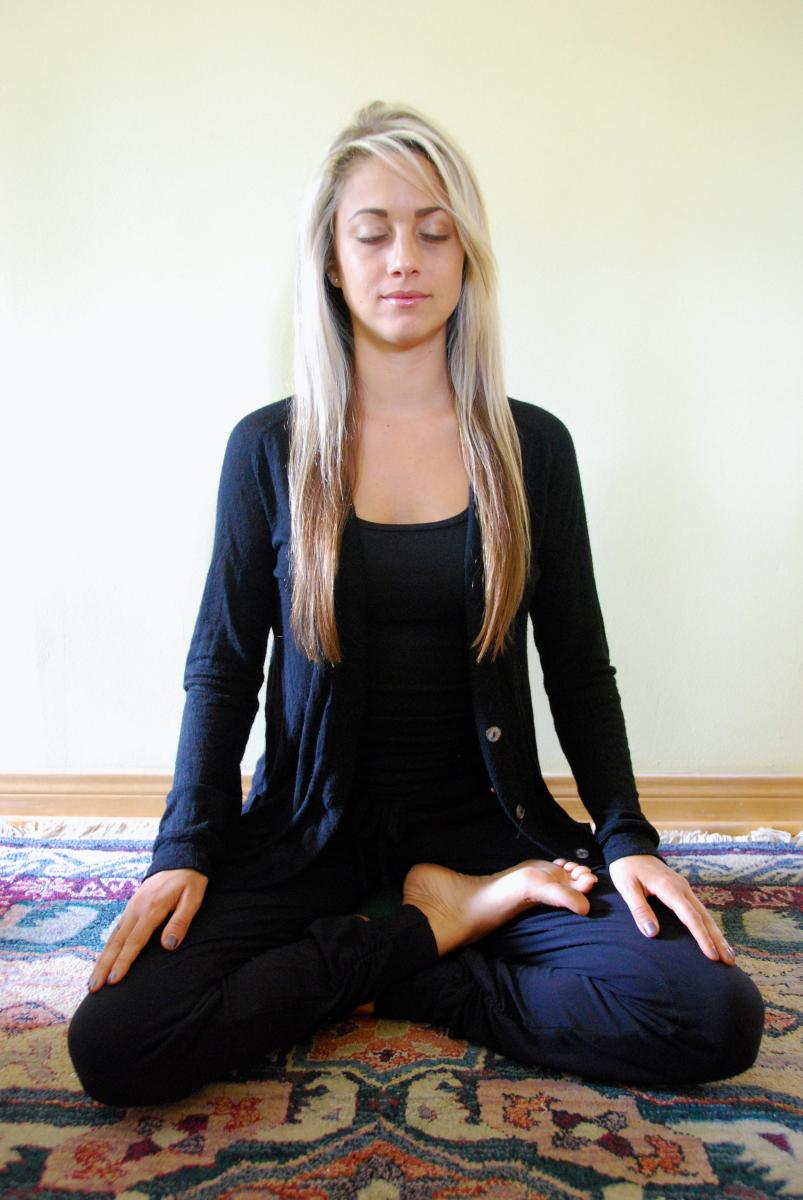
Half Lotus Pose
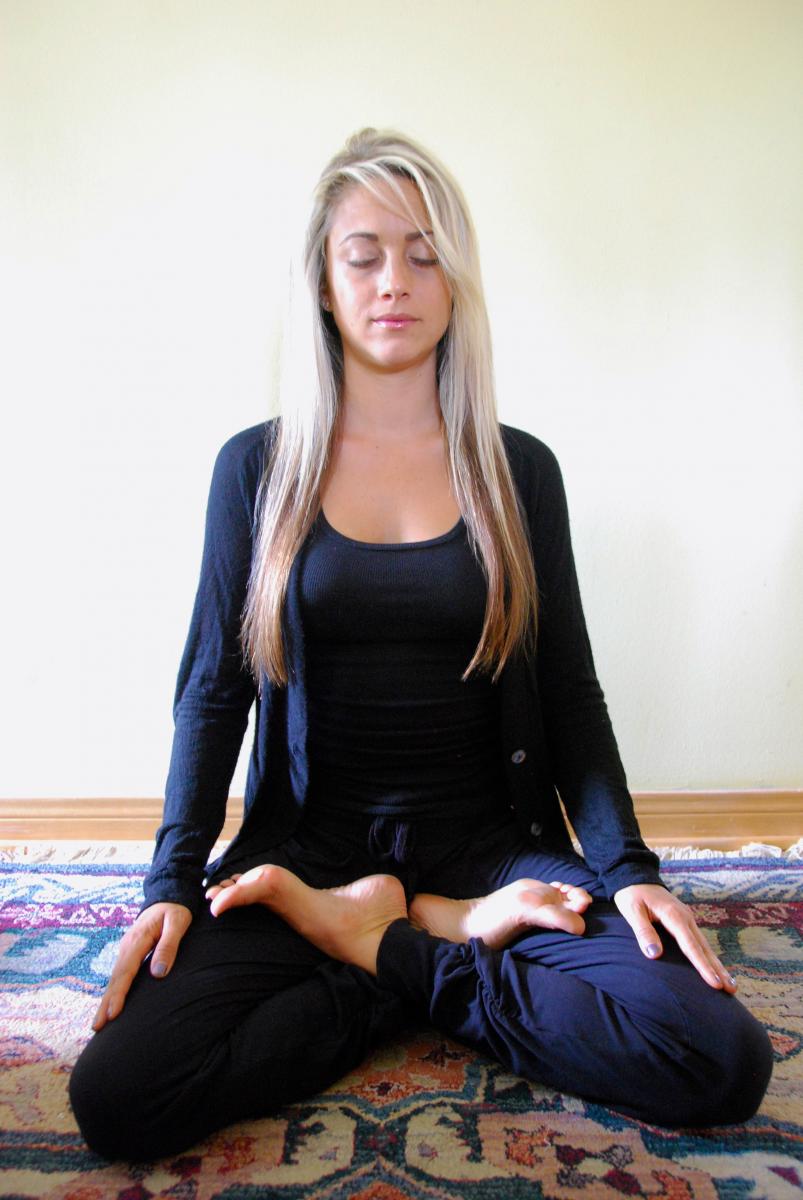
Full Lotus Pose
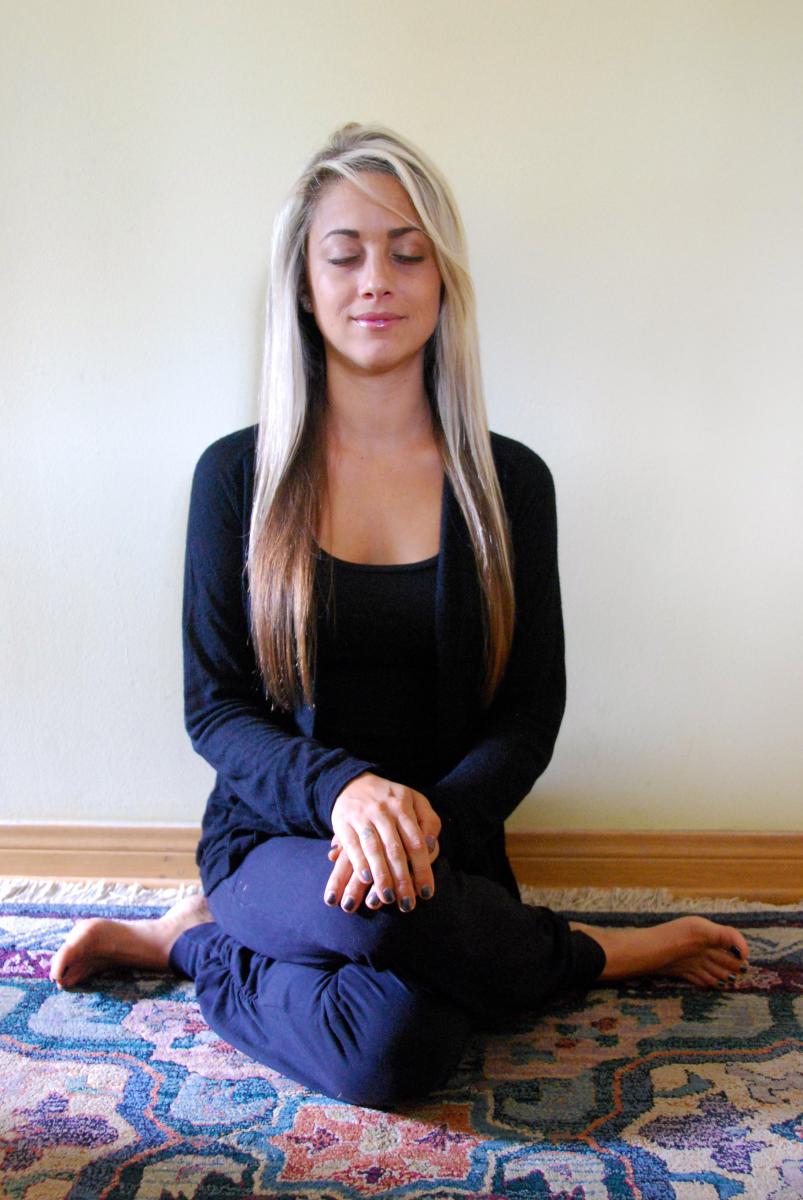
Cow Face Pose
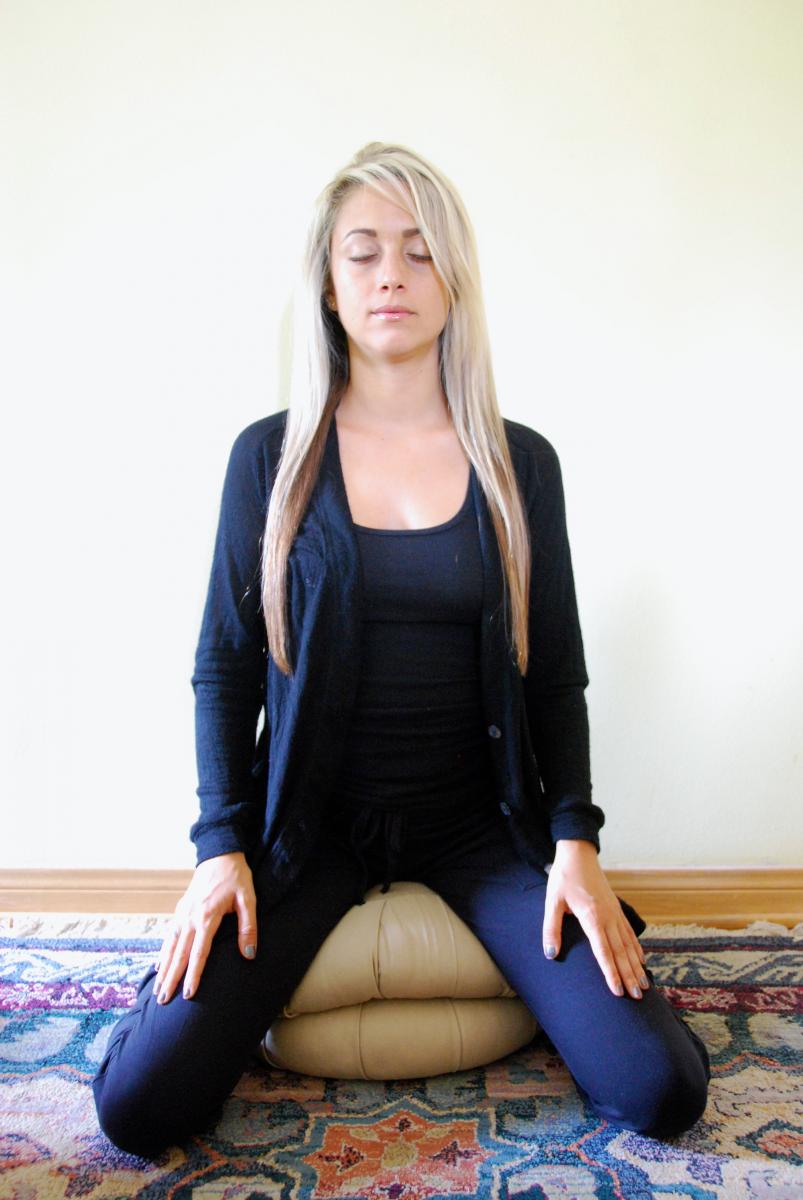
Seiza Pose
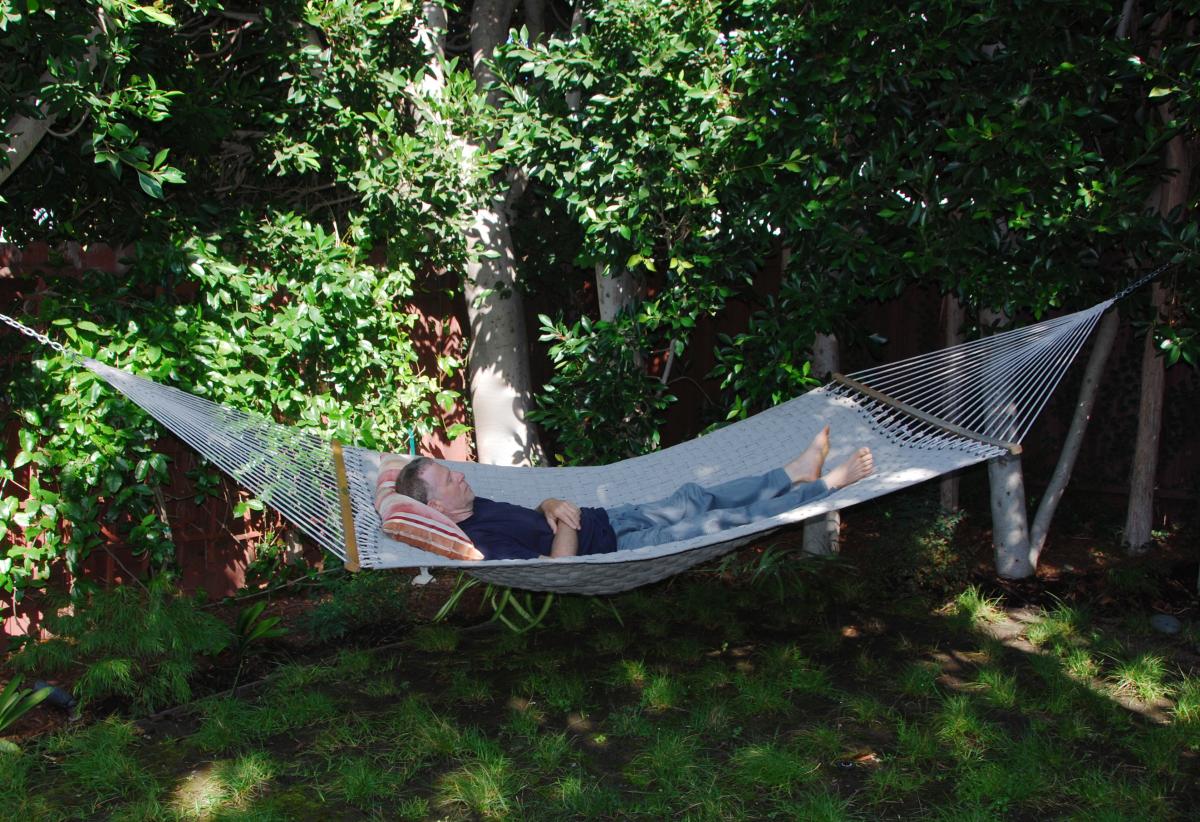
Hammock Pose
“Or you can forget all this and just flop into the Hammock Pose, in which I’ve personally logged many of my most sublime meditative interludes.”

Right Nostril Closed

Left Nostril Closed
Chapter 9. Meditating on Sound
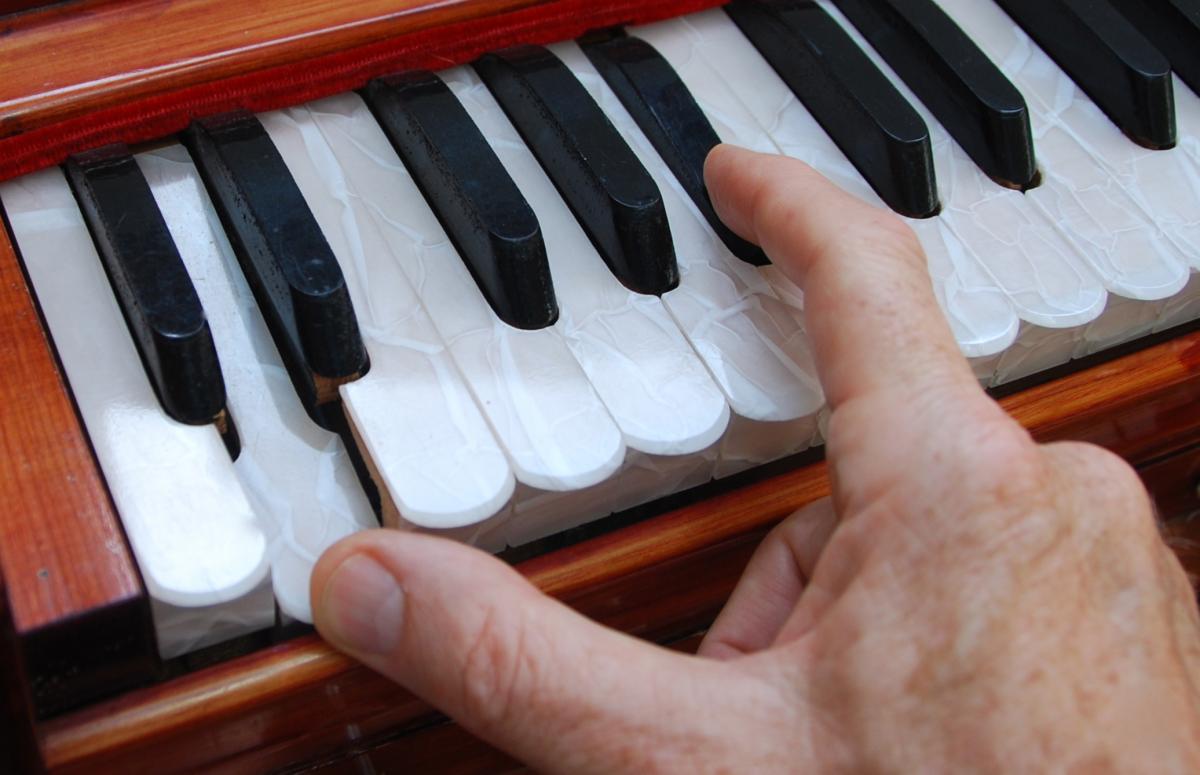
Finding Your Sa
“That brings you to your sa, the tone where your particular anatomical structure optimally resonates, producing the fullest, most open sound with the least effort.”
Chapter 10. First Glimmers
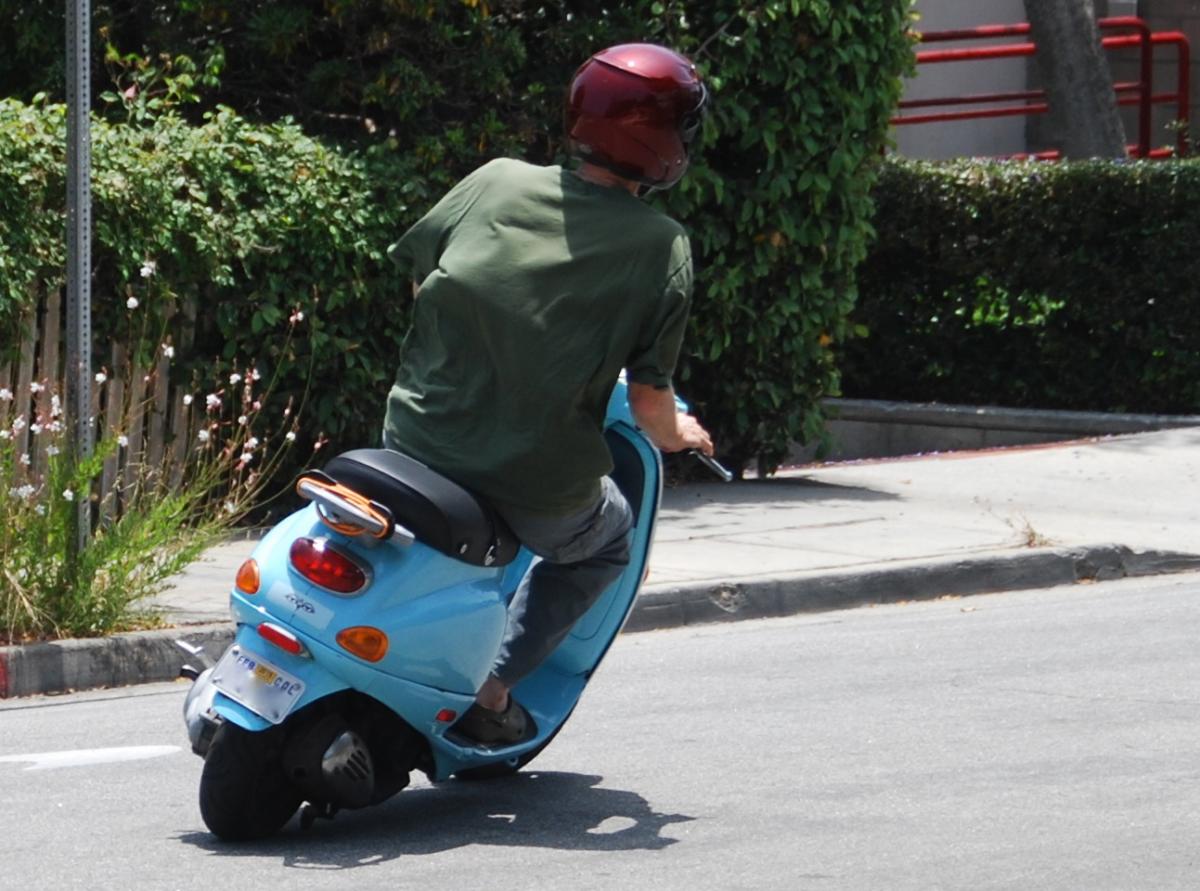
Leaning with the Vespa
“And to some degree we can encourage the changes by making room for them, cooperating with the process as we sense our life turning a corner and taking a fresh direction … When we go around a corner and the bike leans into the turn … don’t force the lean, but don’t resist it either — just feel how the bike wants to lean, and go with it.”
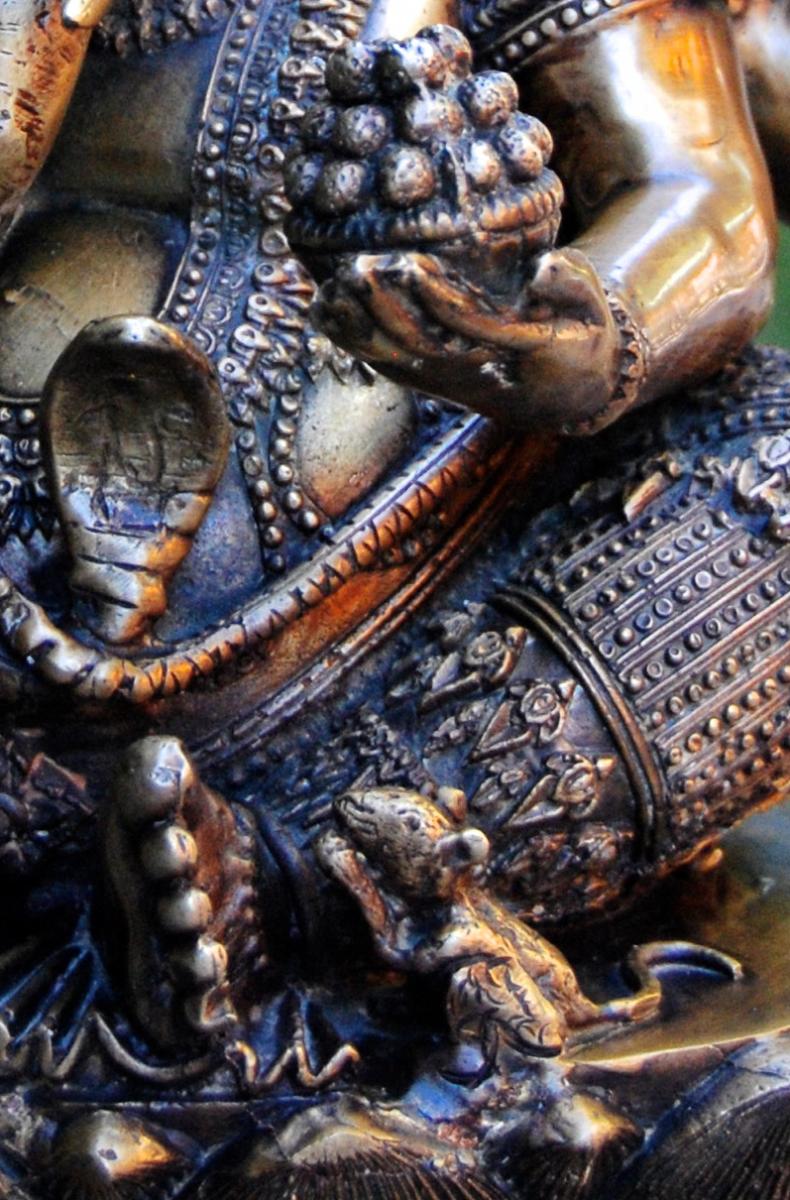
Ganesha’s Mouse
“Ganesha’s sweets represent the delectable ananda quality of existence. On the ground, right under the bowl, is a mouse, representing the thinking mind. Like a hungry mouse, our mind usually scurries to and fro, looking for crumbs and scraps to satisfy it. But Ganesha’s mouse is at rest, enjoying the sweet syrup that drips from the bowl. This is precisely how the mind comes into the state of natural, spontaneous concentration, first during our sitting sessions and eventually anywhere we want it to. No mousetraps are required. No mice were harmed in the making of this joyous life.”
Chapter 17. Meditating on Love
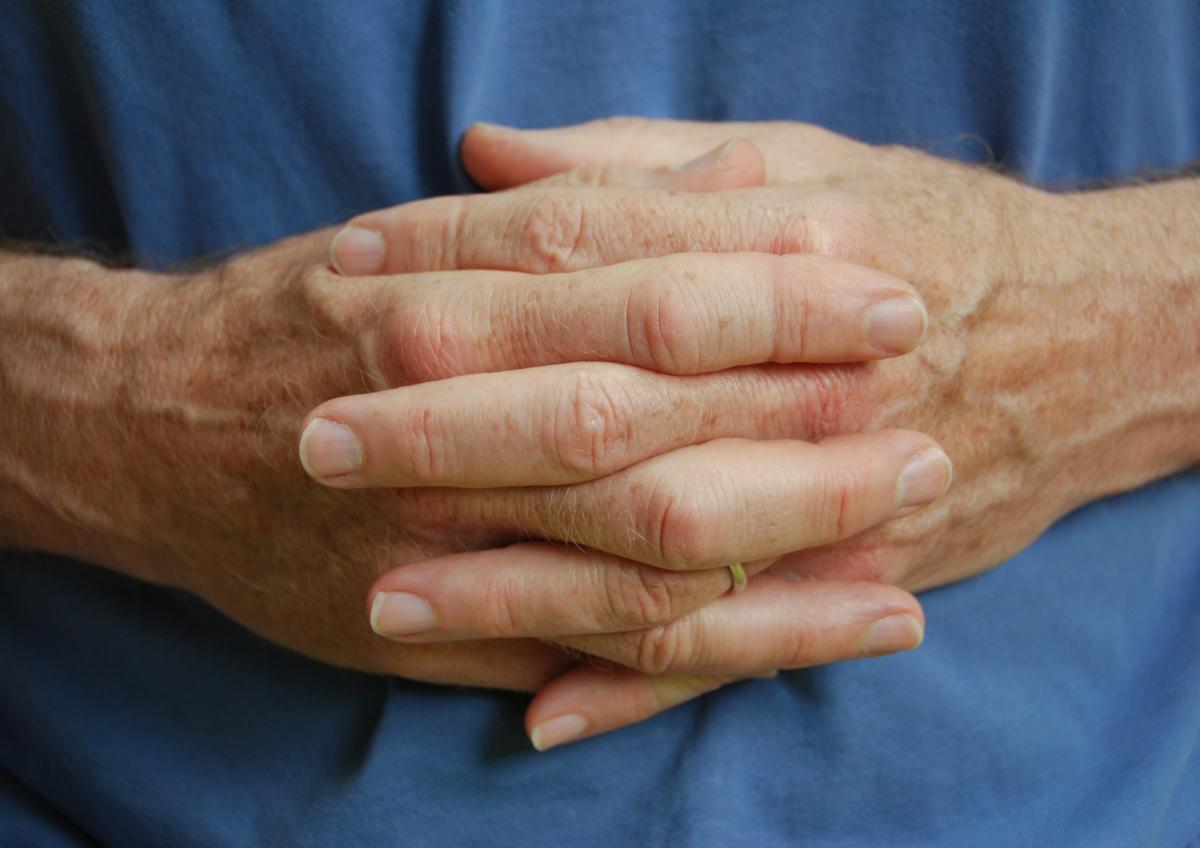
Lacing the Fingers
“Please clasp your hands with the fingers laced together. This is a nice, comfy gesture that you’ve probably made thousands of times without ever thinking about it. But now take a closer look … “
Chapter 21. Meditating on I

“What is this ‘I’ like? What, exactly, is it? That question sounds tricky, so let’s back into it. Let’s see what the I isn’t, and then see what’s left.”
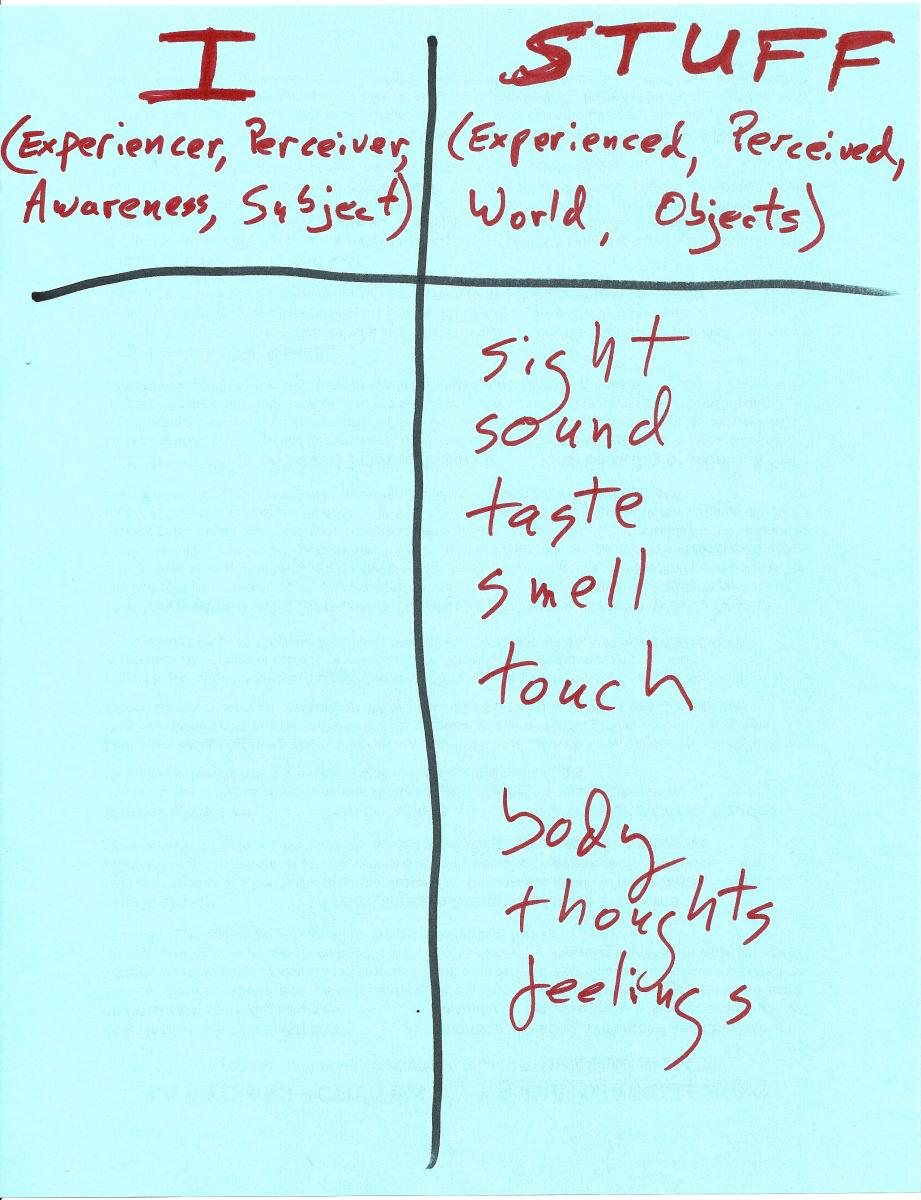
Chapter 22. The Door Is Everywhere
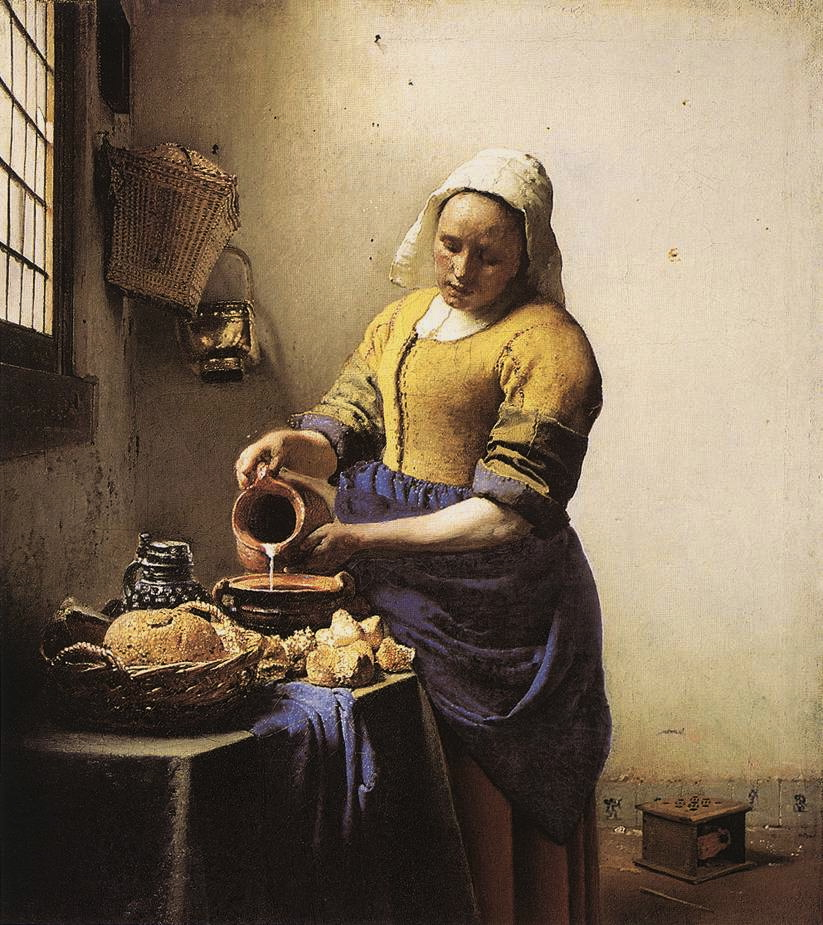
The Milkmaid
(9AHrwZ3Av6Zhjg at Google Cultural Institute, zoom level maximum — public domain)
“It shows what it’s like to act in this same-old same-old world with your brand-new, boundary-melting awareness.”